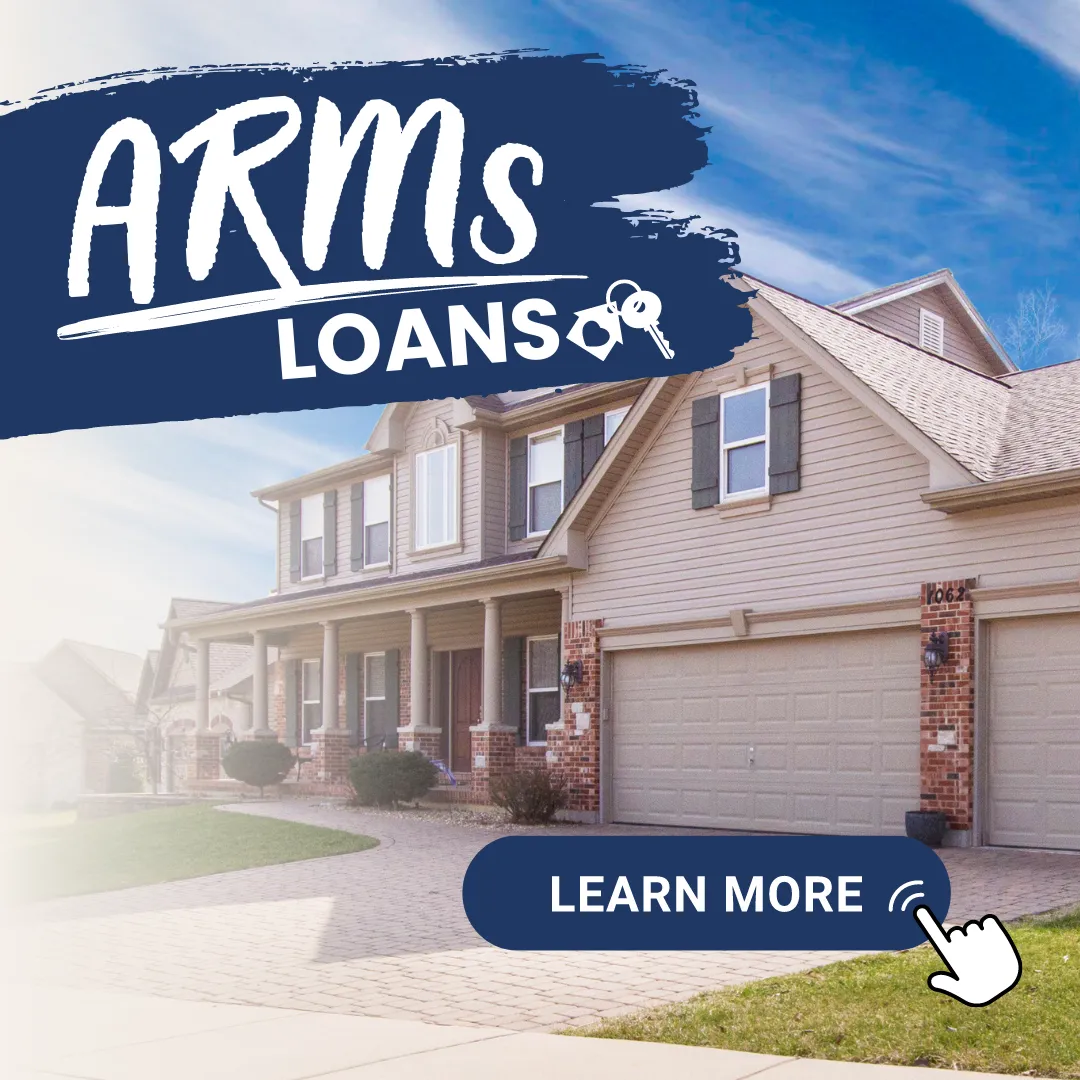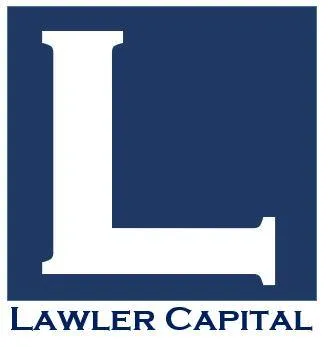What Is A Conventional Mortgage or Loan?
Remember when you first started daydreaming about buying a home? You were probably imagining everything from freshly decorated rooms to a breathtakingly beautiful backyard. And you probably weren’t imagining the hours you’d spend talking to your lender and researching different mortgage options.
To get you back to that sunny daydream, let’s start by exploring the most popular mortgage option out there: the conventional loan. Because they’re so common, you’ve probably heard of conventional loans before. You may have even had a lender recommend them to you!
But what exactly are conventional loans? And how do they stack up against your other loan options? And why are they the only mortgage option we recommend? Here’s the information you need to make a smart decision about whether or not a conventional loan is right for you.

What Is a Conventional Loan?
A conventional loan is a type of mortgage loan that is not insured or guaranteed by the government. Instead, the loan is backed by private lenders, and its insurance is usually paid by the borrower.
Conventional home loans are much more common than government-backed financing. In the second quarter of 2021, conventional loans were used for 76% of all new home sales, making them the most popular home financing option—by a long shot.
Conventional loans offer buyers more flexibility, but they’re also riskier because they’re not insured by the federal government. This also means it can be harder for you to qualify for a conventional loan—which actually helps protect you financially. But stay tuned—we’ll get to that later.
What Is the Difference Between Conventional and Government-Backed Loans?
When you’re thinking about your mortgage options, it’s important to understand the difference between conventional loans or mortgages and government-backed loans.
Government-backed loans include options like VA loans—which are available to United States veterans—and Federal Housing Administration (FHA) loans. FHA loans are backed by the Federal Housing Administration, and VA loans are guaranteed by the Veterans Administration.
With an FHA loan, you’re required to put at least 3.5% down and pay MIP (mortgage insurance premium) as part of your monthly mortgage payment. The FHA uses money made from MIP to pay lenders if you default on your loan. The only way to get rid of MIP is if you have more than a 10% down payment—but even then, you’ll still have to pay it for 11 years!2 MIP can tack on an extra $100 a month per $100,000 borrowed. That means if you’ve borrowed $200,000, that’s an extra $200 on top of your regular mortgage payment each month.
To qualify for a VA loan, you must be a previous or current member of the U.S. Armed Forces or National Guard—or have an eligible surviving spouse. A VA loan requires no down payment, but you must pay a one-time funding fee, which usually ranges from 1.4–3.6% of the loan amount.3 But keep in mind, when you purchase a home with zero money down and things change in the housing market, you could end up owing more than the market value of your home. Yikes!
With a conventional loan, the lender is at risk if you default. If you can no longer make payments, the lender will try to recoup as much of the remaining balance as they can by selling your house through a short sale process or even foreclosure. But because of this additional risk to the lender, you’re required to pay private mortgage insurance (PMI) on a conventional loan if you put less than 20% down.
What Are the Different Types of Conventional Loans?
Stick with us here. There are also two types of conventional loans: conforming and nonconforming.
Here’s the difference:
Conforming Conventional Loan - In order to be considered a conforming conventional loan, the loan must meet the guidelines set by Fannie Mae and Freddie Mac. No, those aren’t your friendly neighborhood grandparents. Fannie Mae (short for the Federal National Mortgage Association) and Freddie Mac (short for the Federal Home Loan Mortgage Corporation) are government-sponsored enterprises that purchase mortgages from lenders.
One of Fannie Mae and Freddie Mac’s most important conforming loan requirements is the loan limit. For 2021, the baseline conforming conventional loan limit for one-unit properties is $548,250.4 It’s called baseline because the maximum amount—or limit—you can borrow is adjusted every year to match housing-price changes. In certain high-cost areas, the loan limit may increase to a maximum of $822,375.
Check with your lender to see what the conforming loan limits are for your area.
Nonconforming Conventional Loan - What about conventional loans that exceed the loan limit? These are considered nonconforming conventional loans.
Simply put, a nonconforming conventional loan (also referred to as a jumbo loan) is a conventional home loan that Fannie Mae or Freddie Mac will not purchase because it doesn’t meet the loan limit requirement. Instead, nonconforming loans are funded by lenders or private institutions.
How Do You Qualify for a Conventional Loan?
Your first step in qualifying for a conventional loan is to sit down with a lender. If you’re in the home-buying process, we recommend talking to Lawler Capital.
When you meet with a lender, they’ll ask for documentation like recent pay stubs, tax returns, bank statements and other financial information. They want to make sure you have a steady income and can make your monthly mortgage payments on time.
You will also need a down payment to qualify for a conventional loan. Though you can put as little as 3% down when you get a conventional loan, we recommend putting at least 10% down. But 20% or more is your ideal conventional loan down payment because then you can avoid paying PMI!
If you want to start your home search on strong financial footing, talk to your lender about becoming a certified home buyer. Doing this will require a few extra steps up front, but it can give you an edge over other buyers in a hot market and get you to the closing table faster.
What’s Good About Conventional Loans?
There’s a reason why conventional loans are so popular. This type of loan has several features that make it a great choice for most people:
Low interest rates
✅Fast loan processing
✅Diverse down payment options
✅Various term lengths on a fixed-rate mortgage, ranging from 10 to 30 years
✅Reduced private mortgage insurance (PMI)
Because conventional loans offer so much flexibility, there are still some decisions you have to make even after you choose this loan type. You’ll also have to consider how much you can put down, how long you want your loan term to be, and how much house you can afford.
What’s Bad About Conventional Loans?
There are two main qualms people have with conventional loans. The first is that conventional loans actually require a down payment whereas some loan options don’t. The second is that the requirements for conventional loan approval are more strict than other loan types—think a financial history examination, debt-to-income ratio standards, that sort of thing.
These requirements make it more difficult to get approved for a conventional loan, but that’s not all that bad. It prevents people who are already in a rocky money situation from getting a mortgage that could crush them financially.
How to Get a Conventional Loan You Can Afford?
We know all this technical mumbo jumbo can sound pretty overwhelming, but don’t panic! We’ve got some super simple tips to help you confidently buy a house with a conventional loan.
Tip #1: Commit to putting at least 10% down for your conventional mortgage. A down payment of 20% or more is even better because you can avoid PMI! A hefty down payment reduces your monthly payment and ensures you start off with equity in your home.
Tip #2: Stick with a 15-year fixed-rate mortgage. With a 15-year mortgage, your monthly payments will be a little higher, but you’ll save tens of thousands of dollars in interest compared to a 30-year mortgage. And choosing a fixed rate means you don’t ever have to worry about your interest rate changing. It’s fixed for the life of the conventional loan.
Tip #3: Make sure your mortgage payment is no more than 25% of your monthly take-home pay. When you have a house you can afford, you’ve got flexibility to save for other important financial goals like retirement and your kids’ college.
